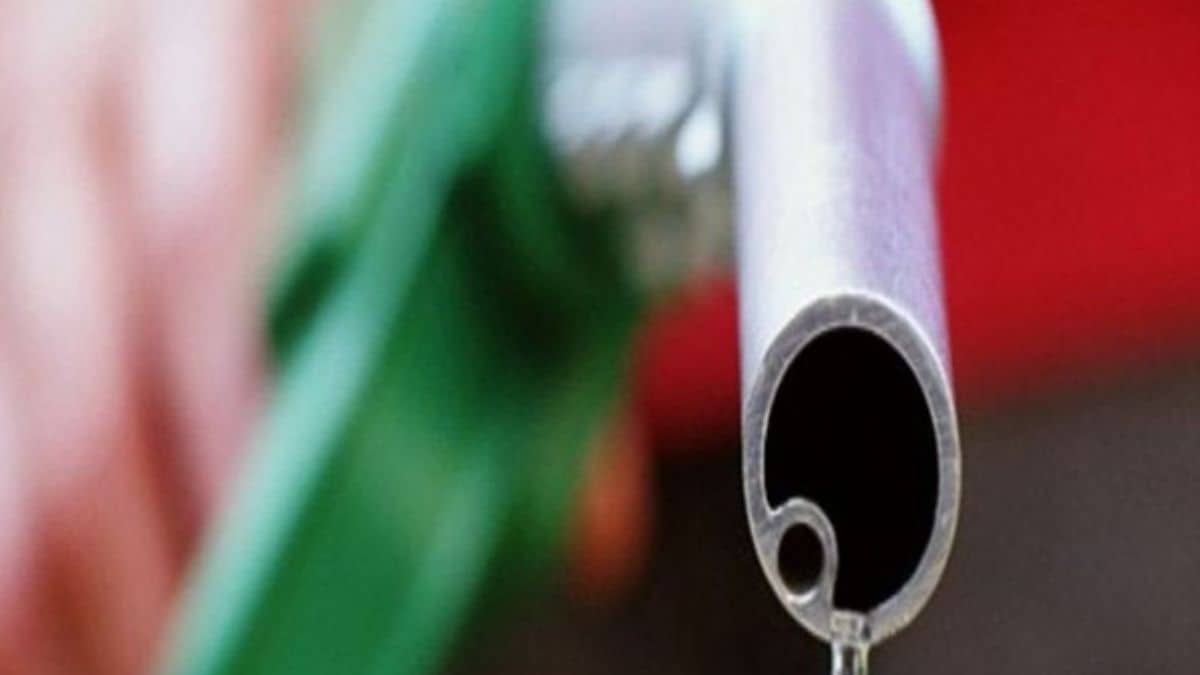South Africans will be feeling the pain again after the new projection for the July fuel price revealed that more crippling prices are heading our way next more, with petrol prices expected to reach close to R30 per-litre.
The ongoing Russian invasion of Ukraine, intensifying international sanctions and the adverse weather all point to South Africa experiencing high prices and inflation for a longer period than expected.
Both local and international inflation is high, and the prices are expected to remain high if not increase even more over the second quarter of 2022, moving into the third quarter, negatively impacting the consumers, said Annabel Bishop, Investec chief economist.
Investec has pencilled in an interest rate hike of 50bp in July, followed by another 25bp increase in September, and another 25bp in November.
“Despite producing enough food to have high food security, South Africa is a price taker for most of its agricultural food produced, either through import or export parity pricing, which means international food prices are a key driver of local food costs. The Economist commodity price index recorded a 19.4% y/y lift for the prices of global food agricultural commodities,” she said.
“Increased protectionism, including outright bans by some countries on certain exports, along with increased sanctions on Russia and the impact of the Chinese lockdown restrictions have driven already high global food prices before the Russian/Ukraine war- from adverse weather conditions and increased demand- even higher this year.”
Bishop said CPI inflation in June is expected to rise above 7.0% on the R2.33/litre hike in the price of petrol, food, base effects and effects of rising inflation on rentals. “High commodity prices are following through rapidly to consumers in South Africa via higher transport and food prices, and another petrol price hike is currently building for July of R1.92/litre.
“We expect CPI inflation to average 6.5% y/y for this year, as the Russian/Ukraine war continues for longer than expected and the effects of the war, and deglobalisation, intensifying the price pressures, causing inflation expectations to rise globally and domestically.”
